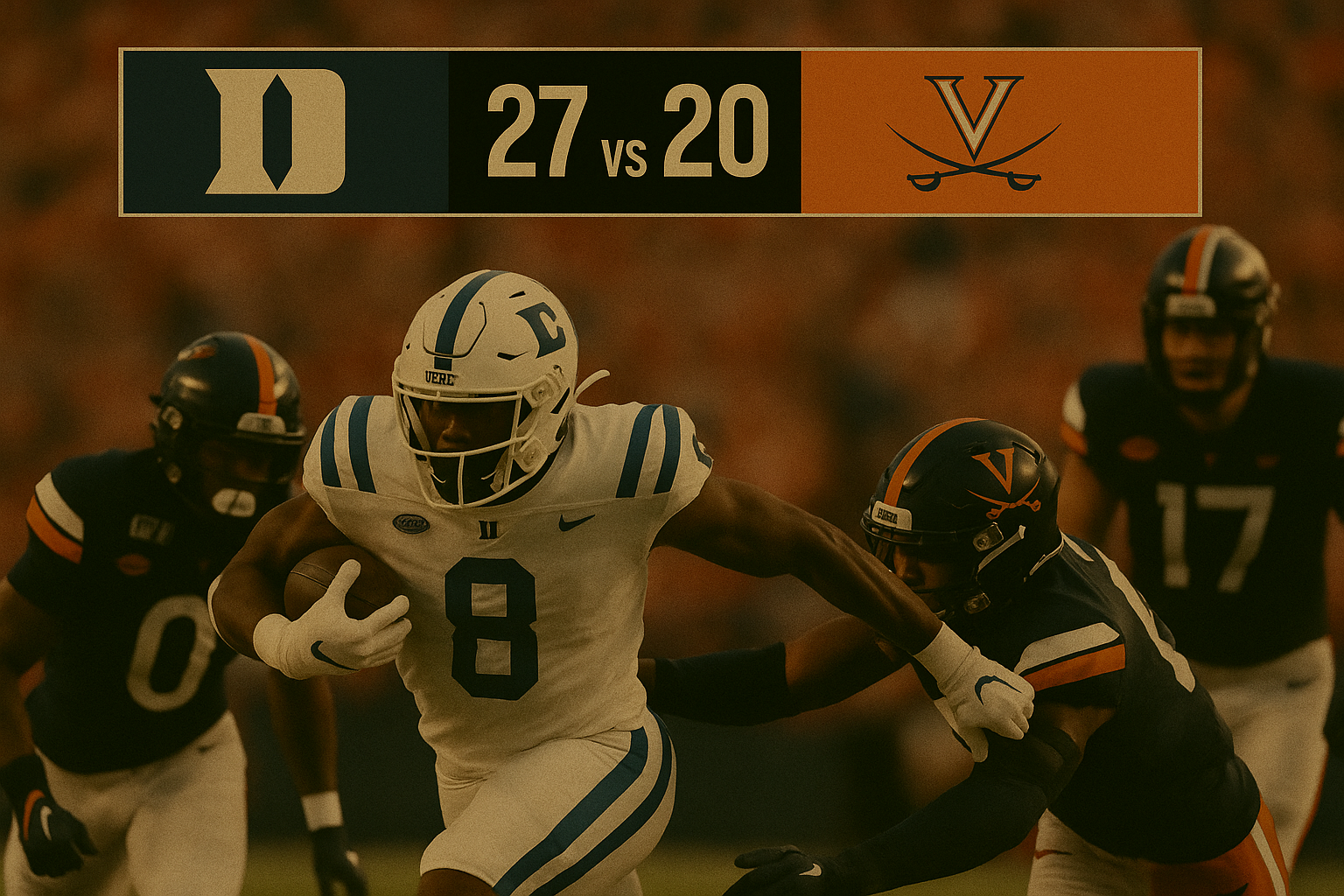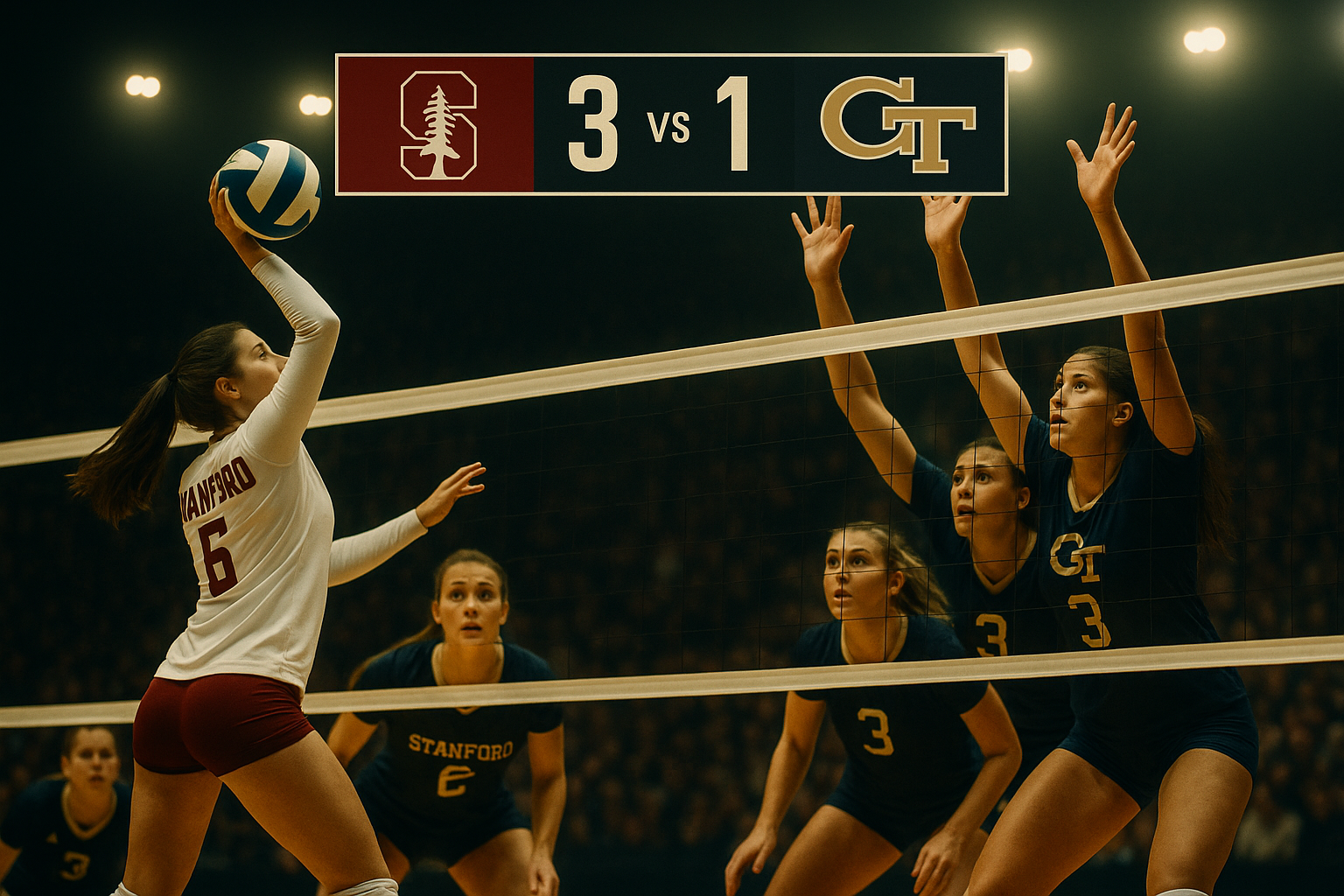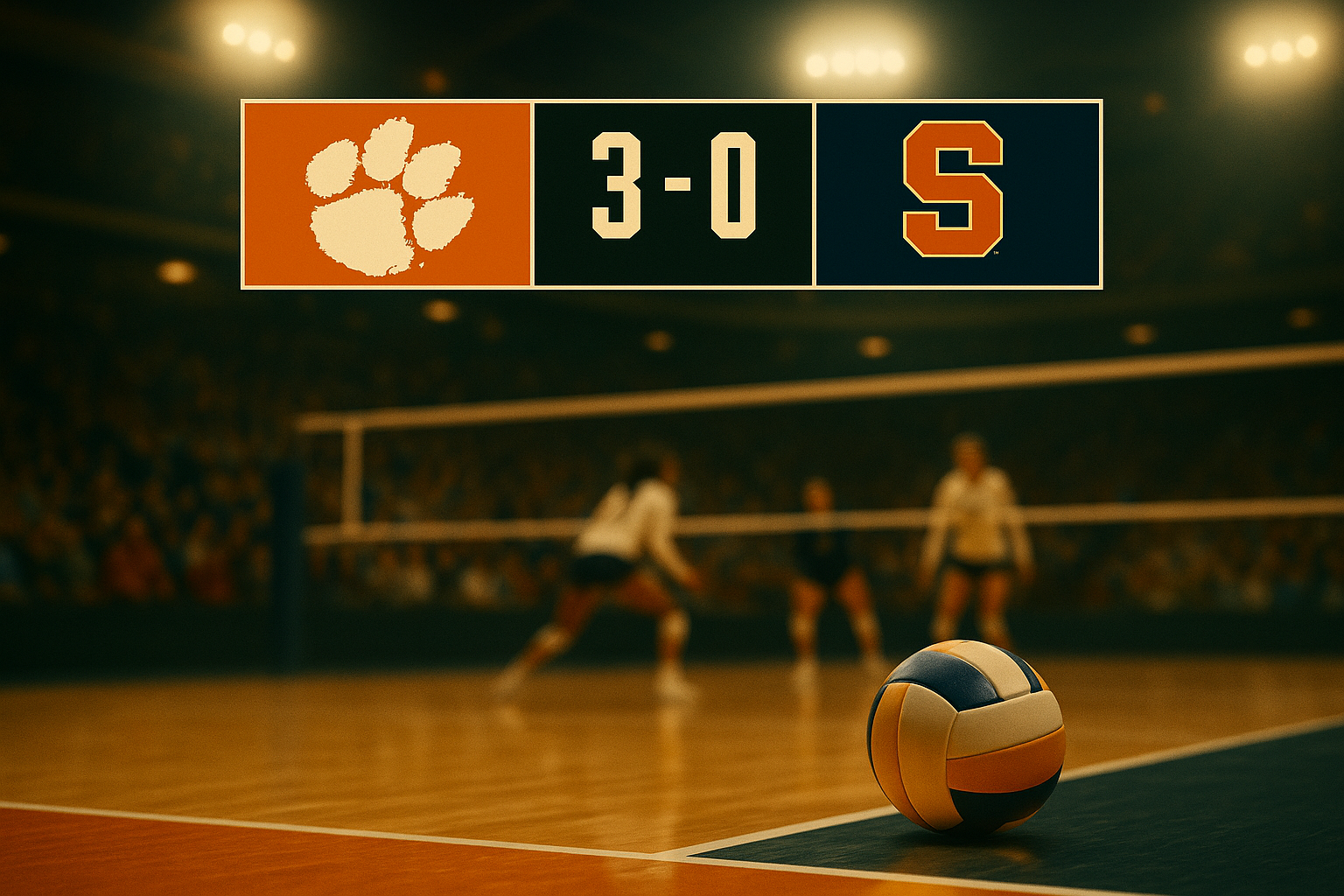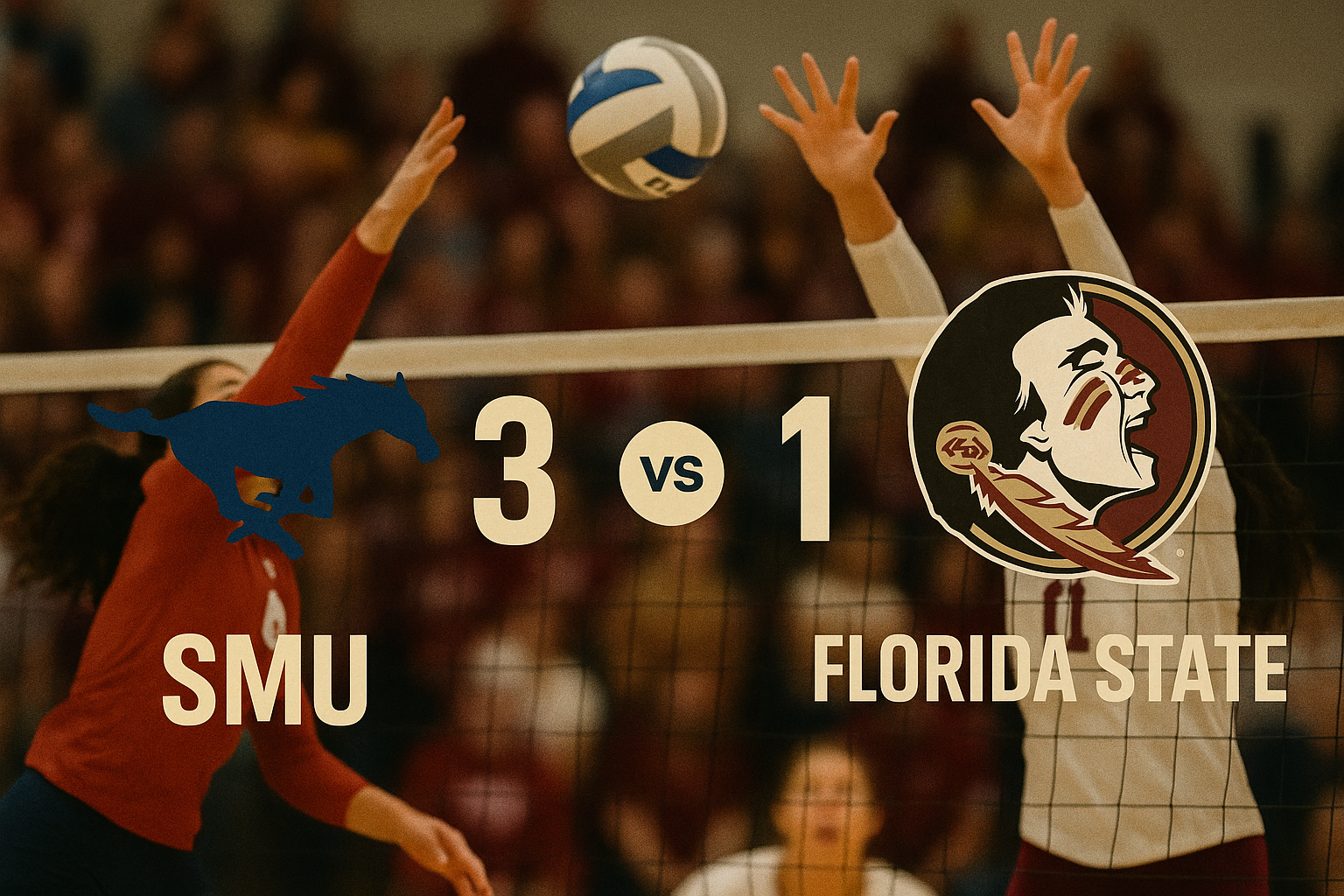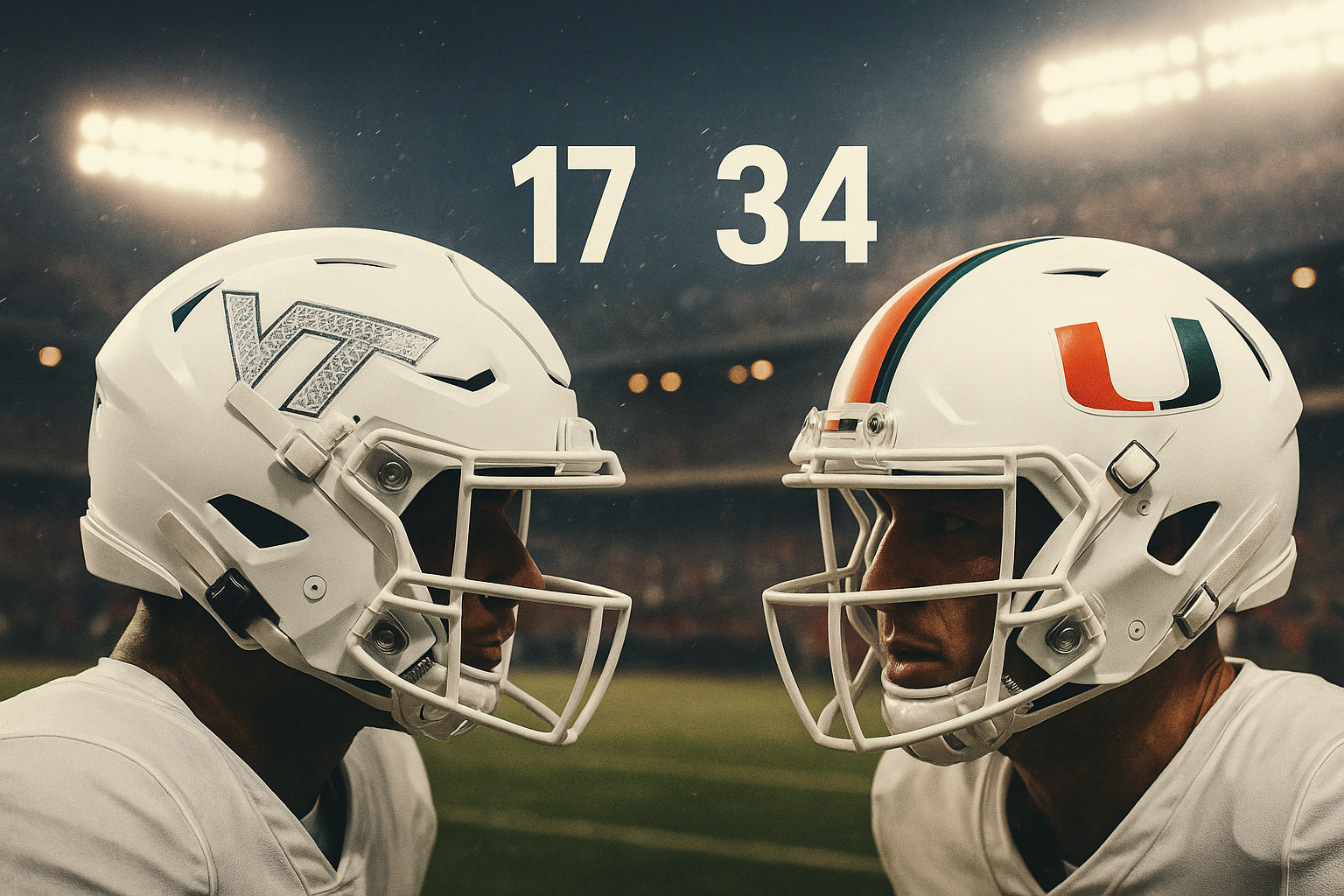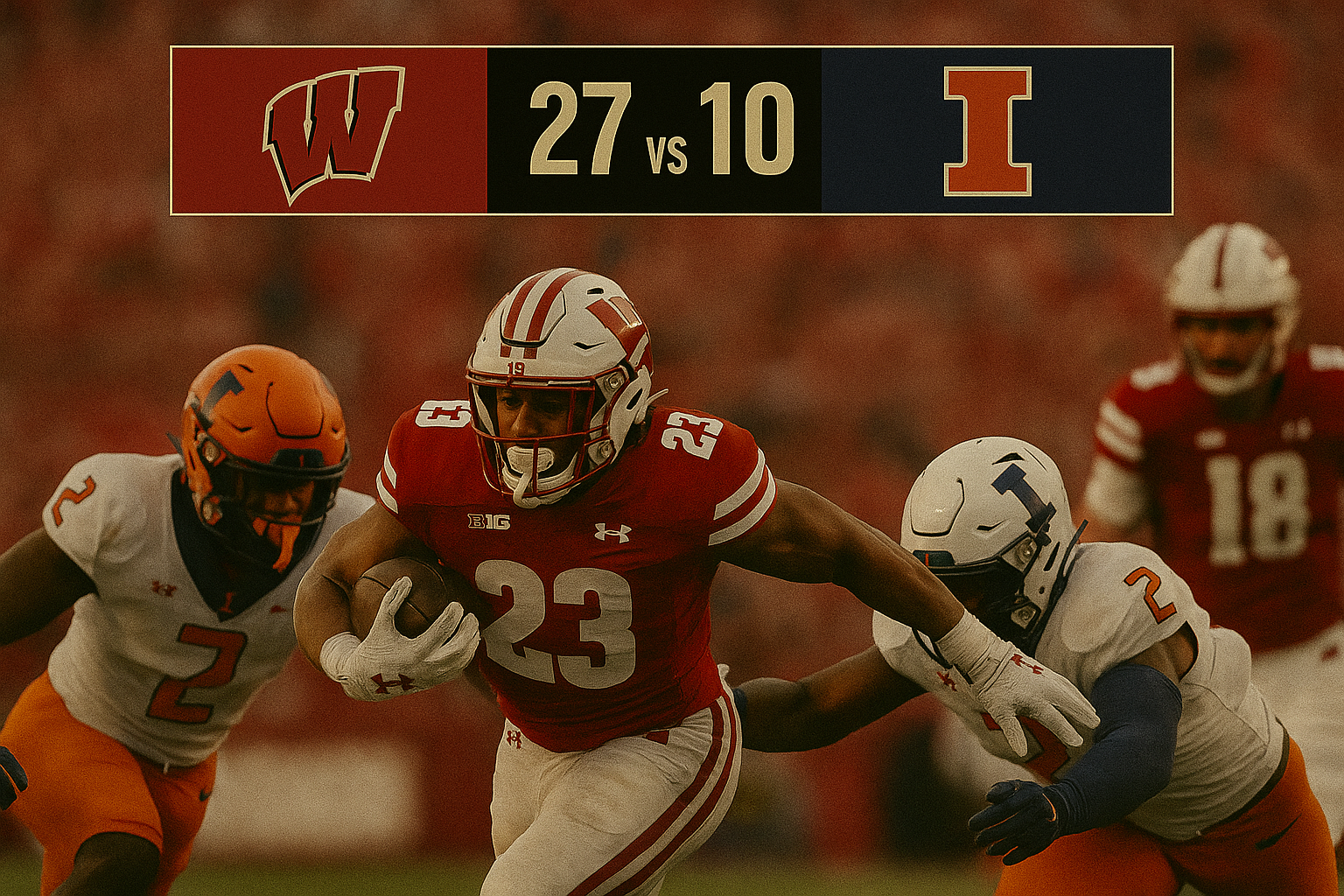2025 Women’s Gymnastics Preseason Rankings and Watch Lists: What to Expect
As the 2025 collegiate gymnastics season approaches, excitement builds across conferences with the release of preseason coaches' polls and gymnasts-to-watch lists. Programs such as Michigan State, California, and UCLA are set to make their mark, with each team showcasing star talent and strong ambitions for the upcoming season. The season promises thrilling rivalries, groundbreaking performances, and a spotlight on rising stars.
ACC Preseason Highlights
The Atlantic Coast Conference (ACC) anticipates a highly competitive season, particularly with the addition of California and Stanford to its gymnastics ranks. California, the 2024 NCAA runner-up, earned the top spot in the preseason coaches' poll, edging out Stanford and reigning ACC champion NC State. This marks a significant shift for the ACC, as the league looks to build its reputation as a gymnastics powerhouse.
California boasts a wealth of talent, including eMjae Frazier and Mya Lauzon, both named to the ACC Preseason Watch List. Frazier’s dynamic routines and Lauzon’s consistency across all apparatus make them a formidable duo. Newcomer Ondine Achampong is expected to make an immediate impact in her freshman campaign, bringing international experience and refined skills to the team.
Stanford, ranked No. 2 in the ACC poll, also features standout gymnasts Anna Roberts and Brenna Neault, whose elegance and difficulty level set them apart. Meanwhile, NC State continues to rely on experienced competitors like Chloe Negrete and Katie Harper, who bring leadership and competitive edge to the team. Pitt, North Carolina, and Clemson round out the ACC standings, each showcasing promising recruits like Stanford's Ui Soma and Pitt’s Meika Lee.
Big Ten Preseason Powerhouses
Michigan State headlines the Big Ten preseason poll, claiming the No. 1 spot for the first time in program history. After securing their second consecutive Big Ten Championship in 2024, the Spartans look to build on their momentum with senior Skyla Schulte and junior Nikki Smith leading the way. Schulte’s versatility and Smith’s record-breaking all-around performances position Michigan State as a formidable contender for national success.
Schulte enters her senior season as a two-time All-American and the reigning Big Ten all-around champion. Known for her grace and consistency, she is a key figure in Michigan State’s lineup. Nikki Smith, who holds the school record in the all-around, adds scoring power and reliability on all apparatus. Their leadership and high-scoring potential make the Spartans a favorite not just in the Big Ten but also nationally.
UCLA, a newcomer to the Big Ten, ranks second in the poll and brings star power with Olympic medalists Jordan Chiles and Emma Malabuyo. Chiles, known for her explosive vaults and precision on beam, promises to elevate the Bruins’ performances. Malabuyo’s artistry and fluidity complement the team’s dynamic roster. Michigan, Ohio State, and Minnesota round out the top five, highlighting the depth and talent within the conference.
Standout Gymnasts to Watch
The preseason watch lists provide a glimpse into the athletes expected to make a significant impact this season. Skyla Schulte’s three-time First Team All-Big Ten accolades and career-high scores across all four apparatus make her a standout. Jordan Chiles, an Olympic silver medalist, is celebrated for her power, consistency, and ability to deliver under pressure.
eMjae Frazier’s leadership at California is critical to their continued success, as her performances across all events demonstrate versatility and competitive grit. Mya Hooten of Minnesota, famous for her viral floor routines combining high-level tumbling and captivating choreography, remains a fan favorite. Freshmen such as Sophia Diaz from Michigan and Delaney Adrian from Rutgers are poised to make immediate impacts, signaling a new wave of talent ready to shine.
The level of talent this season is unmatched, with gymnasts blending artistry and athleticism to push the boundaries of the sport. Fans can expect upgraded routines, innovative choreography, and impressive difficulty levels as these athletes strive for perfection.
Key Competitions to Watch
The season officially kicks off on January 4, with Michigan State hosting Western Michigan and other teams beginning their journeys at quad meets and invitationals. Early-season events provide a glimpse of team depth and readiness, while mid-season showcases like the Metroplex Challenge will test programs against top-tier competition.
The ACC Gymnastics Championships, scheduled for March 22 in Greensboro, North Carolina, promises intense competition as California, Stanford, and NC State vie for the title. Similarly, the Big Ten Championships on March 23 will feature powerhouses like Michigan State and UCLA battling for supremacy in one of the nation’s deepest conferences.
The road to the NCAA Championships, set for April 18-20 in Fort Worth, Texas, will be filled with compelling storylines, as programs aim to peak at the right time and secure spots in the prestigious meet.
A Season of High Expectations
With powerhouse programs and elite athletes primed for action, the 2025 gymnastics season promises to deliver exceptional performances and thrilling competition. This year’s depth of talent highlights the sport’s growing popularity and evolution. Programs like Michigan State and California are poised to challenge perennial contenders like Florida, Oklahoma, and Utah for national supremacy.
As fans prepare for an unforgettable season, the storylines surrounding top-ranked programs and emerging talents will captivate audiences across the country. From stunning individual routines to dramatic team finishes, the 2025 season is shaping up to be one for the history books.
